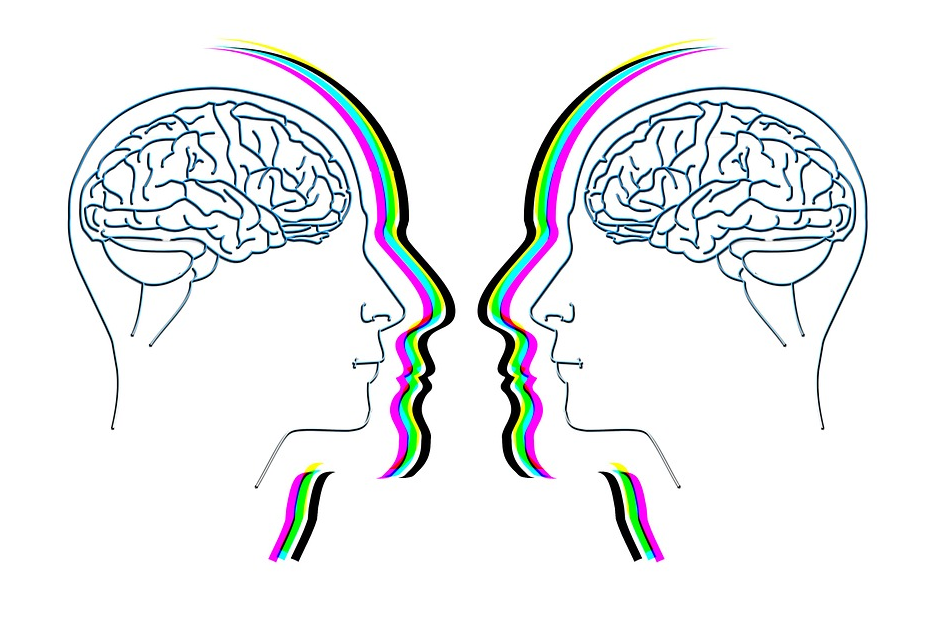

No longer are its drama, adventure, engagement, and transformational possibilities accessible to us only through the work of someone who presents the intuited image such as Shakespeare, Wordsworth, Rembrandt, Magritte, Steiglitz, Rodin, and Coppola. Recently, Eidetic Imagery has encouraged literary and social criticism based on analysis of the image in such related fields as sociology and the creative arts.

In addition, it draws on the most recent neuropsychological evidence involving two-process theory and holographic images in the brain and the discovery of fractals in computer science to explain the fast moving and amazing results affected by imagery in terms of “hard science.”Įidetic Imagery has profound appeal to many fields outside of therapeutics because the image itself holds great fascination for many branches of knowledge. Its solidly grounded theory accounts for both Eastern and Western traditions of science and philosophy and is derived from a thoroughly lived knowledge of its extensions in literature, myth, religion, and art as well.
#EIDETIC IMAGE DEFINITION FULL#
Entering the image arena with full awareness of the principles through which imagery operates, we are able to play with their infinite possibilities and create change along the lines we want or desire.īut Eidetic Imagery is more than just a method. As the images are studied and reveal what they do at various levels, it becomes clear how different images affect the emotions and the physiology differently and why. It discovers imagery blueprints in the psyche, locates them at their source, and traces their tributaries. The thrust of the imagery movement, which follows Ahsen’s lead, is that the image is most central to human activity and expression, much as behaviorists believe that behavior is central.Įidetic Imagery, as propounded by Ahsen, represents an experiential system of complex mental structures and dynamic image formations that demonstrate various functions and operations of the mind and body. His body of work, which has come to be known as Eidetic Imagery, draws its inspiration solely from the image. Since 1965 when his first book appeared, Akhter Ahsen has authored or edited some forty books on imagery.

“Eidetic” derives from the Greek eidos, mean “form,” and idein, meaning “to see.” The Eidetic Image remains constant, accessible over the long term.
#EIDETIC IMAGE DEFINITION MOVIE#
The Eidetic (eye-DET-ic) is a “psychical visual image of unusual vividness,” seen like a movie inside of the brain. Eidetic Imagery has identified how the brain stores potentials and the methods to bring them forward. For a more general discussion on this type of mental imagery, consult the article eidetic memory.Įidetic Imagery is a fast moving method that identifies areas of need quickly and generates change by using revolutionary tools. Clean up any linkrot / format the references and footnotes, using citation templates when appropriate.Įidetic Imagery is a cognitively based psychotherapy model based on the pioneering work of Akhter Ahsen, Ph.D.Add an infobox if it is appropriate for the article.Arrange section headers as described at Wikipedia:Guide to layout.Please do not link terms that most readers are familiar with, such as common occupations, well-known geographical terms, and everyday items. Where appropriate, make links to other articles by putting "]" on either side of relevant words (see WP:LINK for more information) and check that your links work as expected. Please replace HTML markup with wiki markup where appropriate.You can insert a reason using the | reason= parameter, like this: No reason has been cited for the Wikify tag on this article.


 0 kommentar(er)
0 kommentar(er)
